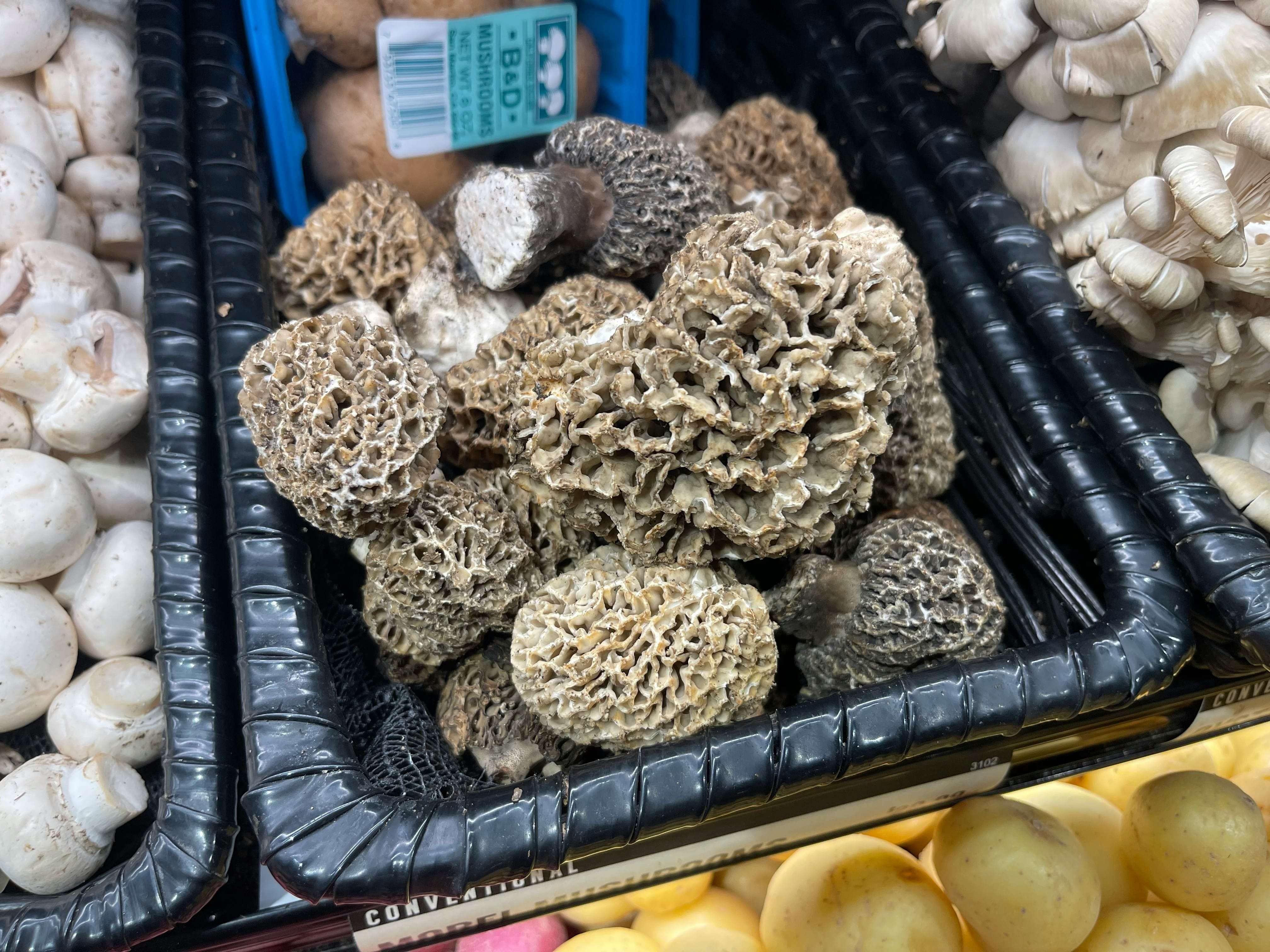Key Takeaways
- Morel mushrooms are emerging as a lucrative crop within Controlled Environment Agriculture (CEA), offering high market prices.
- Technological advancements in CEA have made year-round cultivation of morels possible, addressing previously insurmountable challenges.
- The global mushroom market is experiencing significant growth, mainly driven by the Asia Pacific region.
- Morel cultivation requires precise environmental controls, presenting challenges and opportunities for innovation in agricultural technology.
- Greenhouse cultivation of morels can be highly profitable, with strategic management of climate and soil conditions being crucial for success.
Mushrooms are increasingly recognized as a high-value crop in Controlled Environment Agriculture (CEA). Morel mushrooms, in particular, are emerging as a lucrative segment. Unlike common varieties, morels have traditionally been harvested from the wild, fetching premium prices ranging from $20 to $60 per pound fresh and even more when dried. Chefs and food enthusiasts highly prize these gourmet delicacies.
Market Dynamics and Economic Potential
The allure of morels in the marketplace is significant, especially as consumer preferences shift towards unique, high-quality ingredients. Advances in agricultural technology now allow for the year-round cultivation of morels in greenhouses, promising to meet the burgeoning demand from high-end restaurants and discerning home cooks while offering growers a profitable revenue stream.
Global Market Insights
Reflecting on the broader mushroom market, a study by Grand View Research highlights a robust growth trajectory, with a projected CAGR of 9.7% from 2022 to 2030. This growth is driven primarily by the Asia Pacific region, with China leading as the largest producer and consumer of mushrooms globally. This international interest underscores the potential for morel mushrooms to become a significant part of the global agricultural economy.
Morel Production Insights
Morel Production in a Greenhouse: A Case Study on France Morilles
To cultivate morels in a greenhouse, use freestanding structures 30-35 feet wide, 150-200 feet long, and over 13 feet high. Choose a high-diffusing, UV-protected, non-thermal film or black anti-UV HDPE shading net to protect mushrooms from rain and sunlight while allowing adequate light transmission.
Christophe Perchat of France Morilles emphasizes soil preparation and moisture management: “The most important thing is to prepare the soil properly before starting to grow. Monitor the soil's moisture content so that it never falls outside the range specified for the winter and spring morel crops.”
Perchat notes that the three leading causes of poor crop yields are predators (slugs being the most significant), human error (especially in water management), and sudden external temperature and climate changes. Water saturation directly impacts the quality and weight of morels. Regarding climate management, the greenhouse must recreate the forest understory of temperate climates, with lower light penetration and higher humidity levels.
Read the entire edition here.


